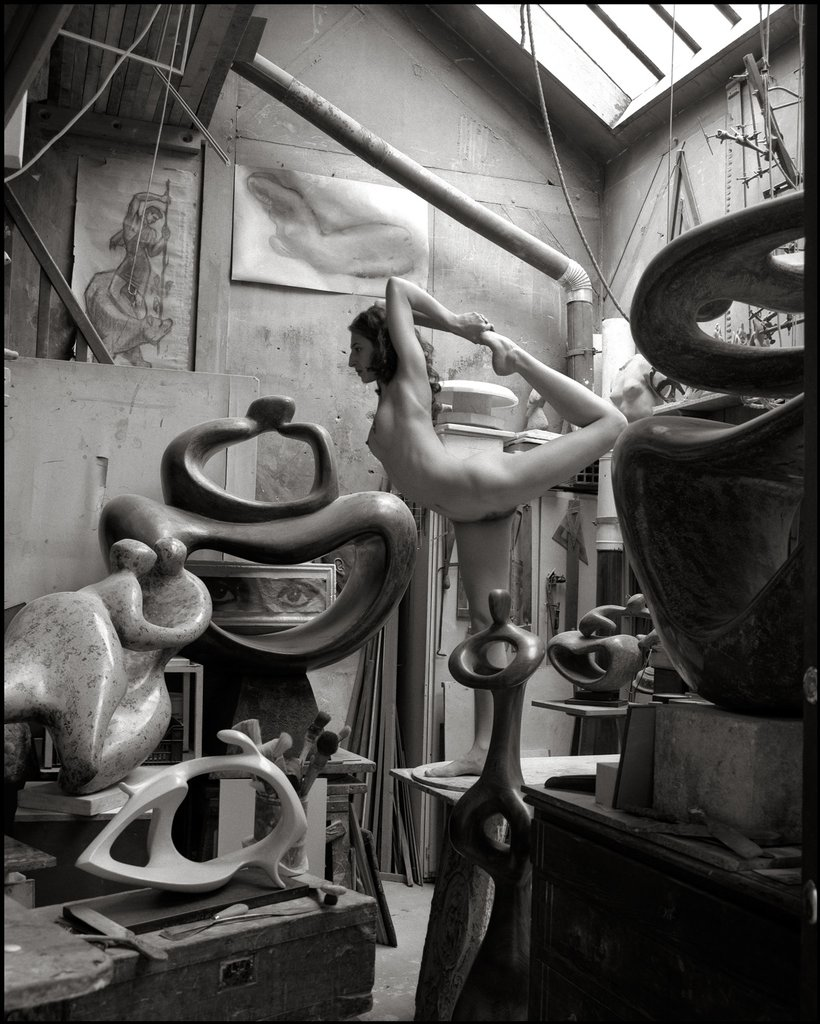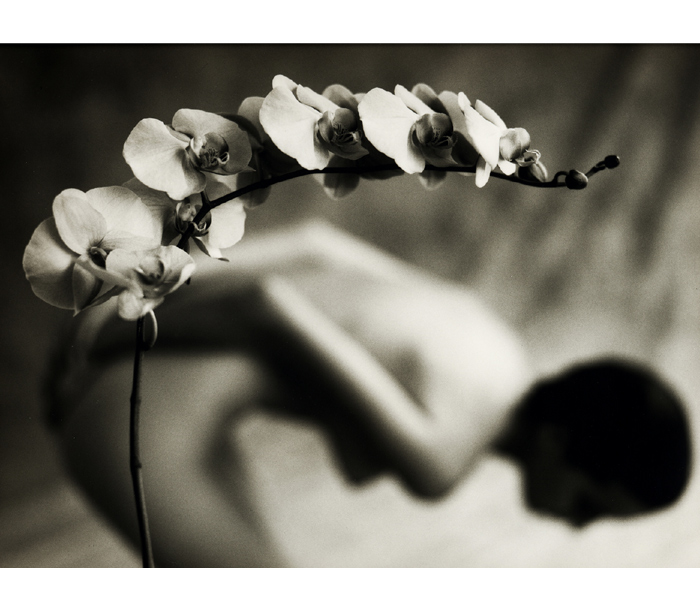












Born in Chicago in 1953, Arbeit was raised in Northern California. When Arbeit was 16, the family moved to Oahu, Hawaii, and the beauty of the islands awakened Arbeit’s senses. At 18, Arbeit enrolled in the University of Hawaii to study art and photography. A few years later, he decided to focus solely on photography and transferred to Art Center College of Design in Pasadena. During his third year there, he met Helmut Newton through a mutual friend. Newton took Arbeit on as an assistant, and Arbeit looked to Newton as a ‘photoguru’.
Upon finishing his studies, Arbeit moved to New York and was hired by Irving Penn as a studio assistant. Again, Arbeit approached his work as an apprentice, taking everything in. ‘Penn was Mr. Technique,’ says Arbeit. ‘Everything he does is so meticulous, so perfect”.
After working for Penn, Arbeit moved to Milan to launch his own fashion photography career, and shot regularly for Linea Italia, Donna and Vogue Bellezza. In 1985, he settled in Paris to further his career as well as expand his artistic boundaries. To explore the experimental side of photography Arbeit and a few ambitious photographer friends from the Art Center formed a group called ‘The Cauldron.’ Its mission was simple: to take pictures that had never been done before. Arbeit chose focus as his tool, and launched ‘In and Out of Focus’, a series of photographs in which in the foreground Arbeit focuses sharply on a flower and in the background, an out-of-focus female nude mimics the shape and movement of the bloom. ‘I wanted to show the form out of focus and let the viewer fill in the gaps, create something dreamy,’ Arbeit explains.
Arbeit continued to work commercially, shooting fashion for French Vogue and Marie Claire, and portraits for In Style, People and Forbes. In 1992, he launched a second series, ‘Artists’ Atelier,’ of female nudes in artist studios. ‘When I go into the atelier, I try to do two images,’ Arbeit says. ‘One is a portrait of the artist without the artist in the picture, and I achieve this by showing his paints, his tools, the room, his sculptures and paintings. The second is the female form. ‘The light in these spaces draw the female form so well’. Following the Atelier series, Arbeit launched a project he calls ‘Polajunk Constructions’: a collection of photomontages made of all the bits that come in a Polaroid box. ‘So much junk! Why not use the aluminum and the tissue paper, and glue it into a mess and see if there’s something to it?’
Arbeit has been working on a study of Hawaii, his adopted home. For it, he has photographed Hawaiians at play and in thought, the stunning mountainous landscapes and the flawless beaches. ‘What’s fascinating about Hawaii is all the different mixtures of cultures, the island people,’ says Arbeit, and of course, the light.
Keine Kommentare:
Kommentar veröffentlichen